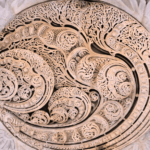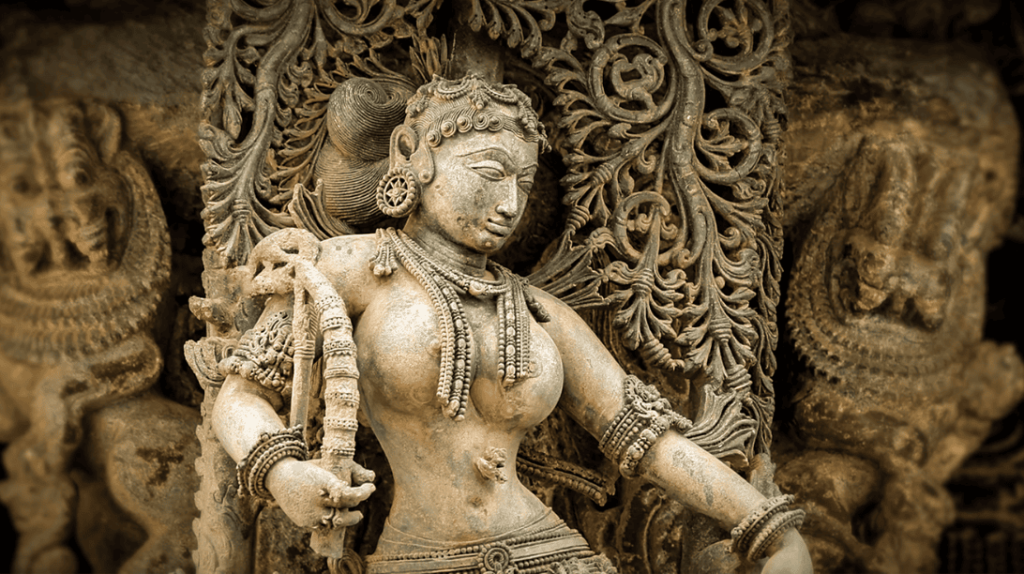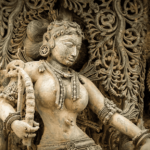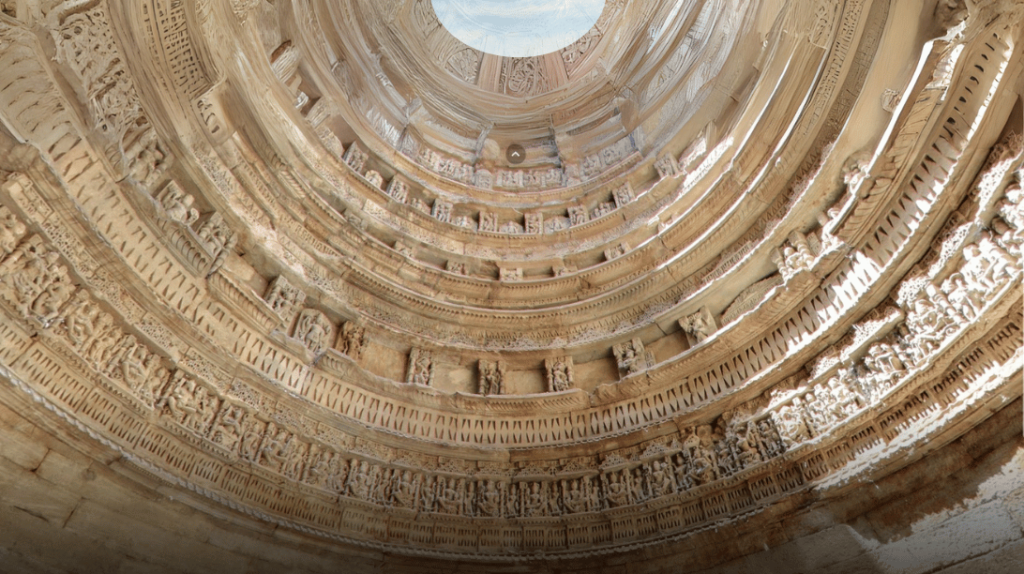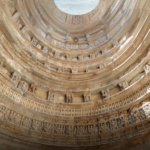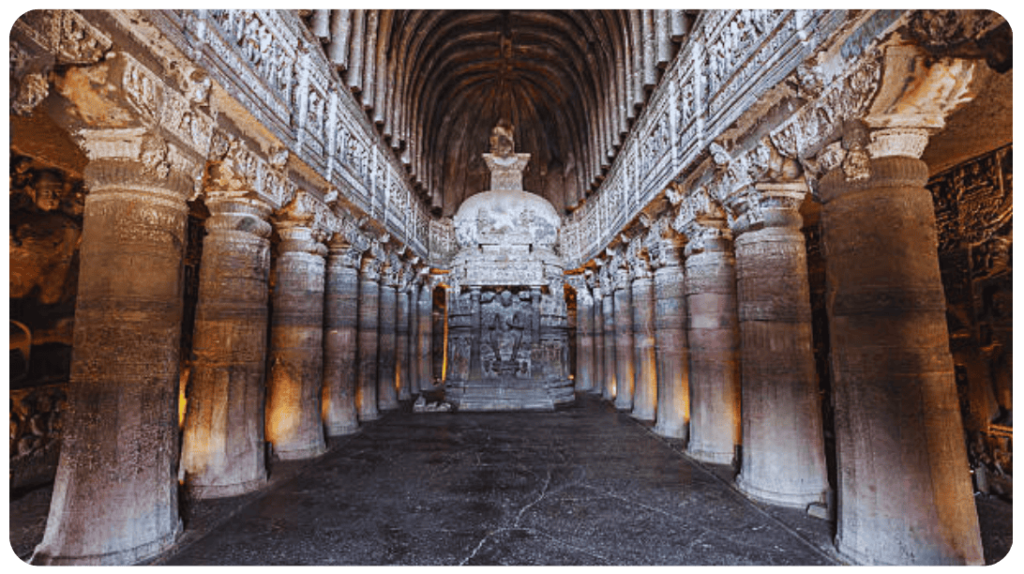From the village of Abhaneri in Rajasthan, Chand Baori is an awe-inspiring stepwell that stands as a testament to the architectural and engineering prowess of ancient India. Built over a thousand years ago, it is one of the deepest and largest stepwells in India, with 3,500 perfectly symmetrical steps leading down to a depth of 64 feet (20 meters).
The History
Chand Baori was constructed in the 8th or 9th century by King Chanda of the Gujara-Pratihara dynasty.The Gujara-Pratihara rulers were known for their patronage of art and architecture, and their influence is visible in the structural complexity of this stepwell.
The purpose of the baori was simple but essential—water conservation. Rajasthan’s arid climate made water storage a necessity, and stepwells like Chand Baori were designed to ensure year-round water availability.

Ancient India’s Architectural Genius
Chand Baori is more than just a well—it is an architectural marvel that highlights the scientific ingenuity of ancient India. The stepwell has 13 floors with double flights of stairs descending in a crisscross fashion, a design that maximized access to water while ensuring structural stability.
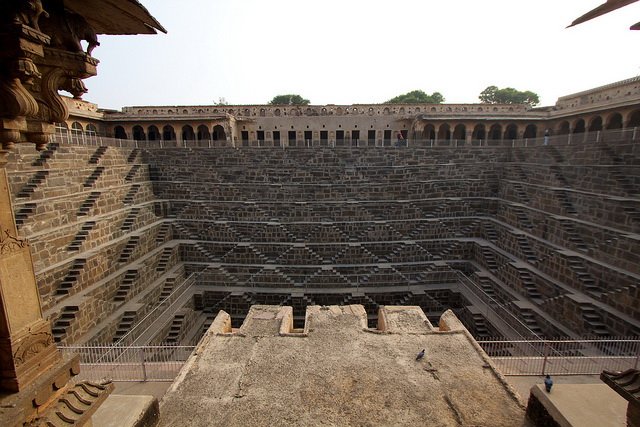
The well’s geometric precision is mind-boggling. The steps form an intricate pattern, creating an illusion of endless symmetry. The way light and shadows interact within the well adds a mesmerizing effect, making Chand Baori a masterpiece of design and aesthetics.
Inhumane Geometrical Precision
The precision of the 3,500 steps is nothing short of mathematical perfection. Each step is aligned meticulously, maintaining a symmetry that is difficult to replicate even with modern technology. The seamless arrangement of steps also suggests that skilled artisans and mathematicians were involved in its design.

It is fascinating to note that despite being centuries old, the structure remains intact, standing strong against the test of time. The ingenuity of the design ensured natural cooling, making the well significantly cooler than the surrounding areas, an essential feature in Rajasthan’s scorching heat.
The Spiritual Connection: Harshat Mata Temple
Adjacent to Chand Baori is the Harshat Mata Temple, dedicated to the goddess of joy and happiness. The temple, built in the 7th-8th century, was once a grand structure but was later damaged during Mahmud Ghazni’s invasion. The remains of beautifully carved pillars and statues can still be seen scattered around the temple courtyard.

Chand Baori: A Hidden Gem
Despite its grandeur, Chand Baori remains a lesser-known marvel compared to other historical sites in Rajasthan. Located about 95 km from Jaipur, it is often overshadowed by more popular tourist attractions. However, those who visit are left spellbound by its sheer complexity and elegance


